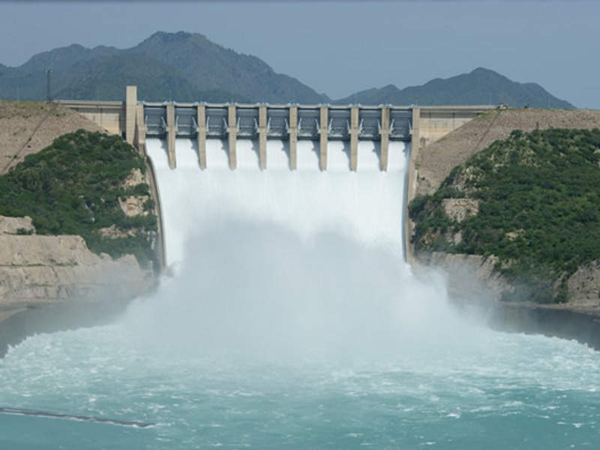
The country witnessed increased hydel electricity generation, while under-construction WAPDA projects in water and hydropower sectors also achieved significant milestones in 2023, according to a press release on Friday.
This increased hydel generation helped the national exchequer save about Rs. 106 billion if the exact quantum of electricity were generated through expensive, imported fossil fuels.
Most importantly, WAPDA hydel electricity costs only Rs. 3.51 per unit, constituting about 30% of the total electricity provided to the National Grid.
WAPDA owns and operates 22 hydel power stations, including Neelum Jhelum, with a cumulative generation capacity of 9459 Megawatt (MW). According to the generation details of 2023, Tarbela generated 12.9 billion units, Tarbela 4th Extension 4.4 billion units, Ghazi Barotha 6.8 billion units, Mangla 4.7 billion units, Neelum Jhelum 1 billion units, Warsak 0.8 billion units, Chashma 0.9 billion units, and rest of WAPDA hydel power stations cumulatively generated 2.5 billion units.
The year 2023 also augured well for under-construction WAPDA projects. Despite the cosmic crunch, construction work on eight WAPDA projects continued unabated. WAPDA achieved the landmark river diversion at the Dasu Hydropower Project in February 2023 while diverting the River Indus at the Diamer-Basha Dam through a test run. WAPDA will likely reach the river diversion milestone at the Mohmand Dam Project in the next three to four months.
WAPDA is developing eight mega projects for the country’s water, food and energy security. These projects are scheduled for completion in phases from 2024 to 2028-29. On completion of these projects, 9.7 million
acre-feet will be added to the gross water storage capacity. In addition, the hydel generation of WAPDA will almost double to 20,000 MW, with an increase of approximately 10,000 MW in the next five years.
Nguồn bài viết : TK Keno cơ bản






